Written by Hanna Barlow, Education and Curriculum Intern
From childhood, we are taught to never judge a book by its cover— but what about our fruits and vegetables? According to the RTS Food Waste in America in 2020 Guide, the US wastes an unsettling 40% of its food supply. Much of this waste is perfectly good produce that is discarded simply because its appearance does not measure up to the standards of American grocery stores and consumers. With a projected 42 million people experiencing food insecurity in the US in 2021, it is especially important to mitigate food waste, especially when nutritious, delicious food is wasted over trivial matters such as the shape of a carrot or the color of an apple. Luckily, there are many ways households can do their part to reduce their food waste and advocate for the sale of “ugly” produce.
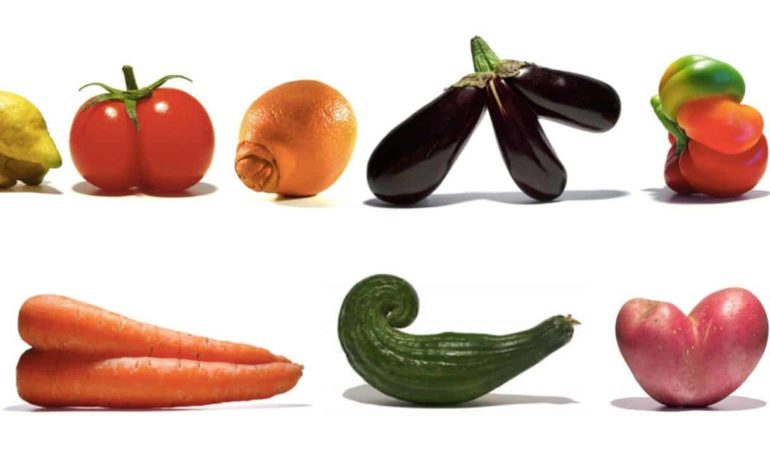
There is a growing market of companies who are trying to use ugly produce for good. For example, Imperfect Foods and Misfits Market both deliver boxes of quality food that would have otherwise been wasted by grocery stores (due to ugly appearance or excess supply) to your doorstep weekly. Between the two companies, Misfits Market avoids working with Big Agriculture and places a higher emphasis on making their food accessible and affordable to everyone. In addition to food delivery services, there are many snack companies who are repurposing produce that would otherwise be discarded, such as Spudsy with its cheese puffs made from sweet potatoes that were deemed too ugly to sell.
If signing up for these programs seems like too much of a hassle for your household, there is actually a much easier way to reduce unnecessary food waste. The simplest way for a household to prevent the disposal of ugly produce is to buy produce from local farmers or partake in community supported agriculture (CSA), a program where community members can support local farmers in exchange for a “share” of the harvest, usually in the form of monthly boxes of fresh produce. By buying directly from farmers, the aesthetic selectivity of grocery stores is bypassed and farmers can sell a larger portion of their harvest, even if some of the fruits and vegetables do not meet typical visual standards.
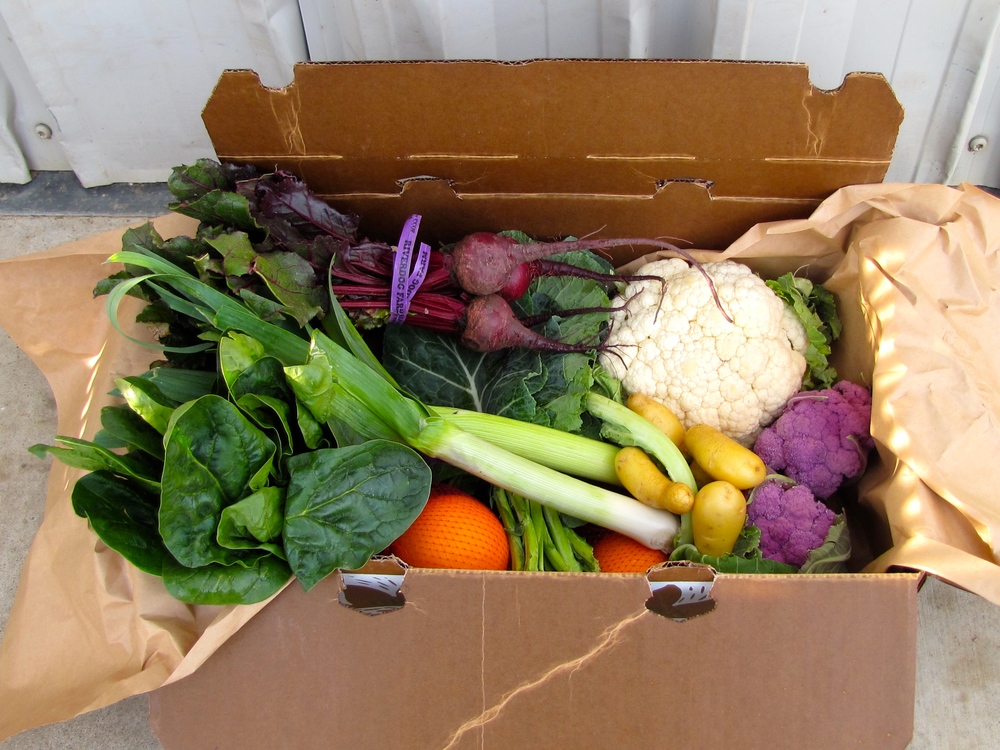
As food waste and food insecurity in the US simultaneously sit at such high numbers, now more than ever, it is essential to remember that ugly produce is still yummy produce.
References
By: RTS Date: 2020, & Rts. (2020). Food waste in America in 2020: Statistics and facts. Food waste in America in 2020: Statistics and facts | Nutrition Connect. https://nutritionconnect.org/resource-center/food-waste-america-2020-statistics-and-facts.
Dobson, M. C., & Edmondson, J. L. (2019, March 30). Ugly vegetables are a major cause of food waste. The Independent. https://www.independent.co.uk/life-style/food-and-drink/ugly-vegetable-food-waste-fruit-vegetable-a8825311.html.
Kateman, B. (2020, March 2). The time is ripe for ugly fruits and vegetables. Forbes. https://www.forbes.com/sites/briankateman/2020/03/02/the-time-is-ripe-for-ugly-fruits-and-vegetables/?sh=475102c54a85.
Mull, A. (2019, January 29). The murky ethics of THE ugly-produce business. The Atlantic. https://www.theatlantic.com/health/archive/2019/01/ugly-produce-startups-food-waste/581182/.
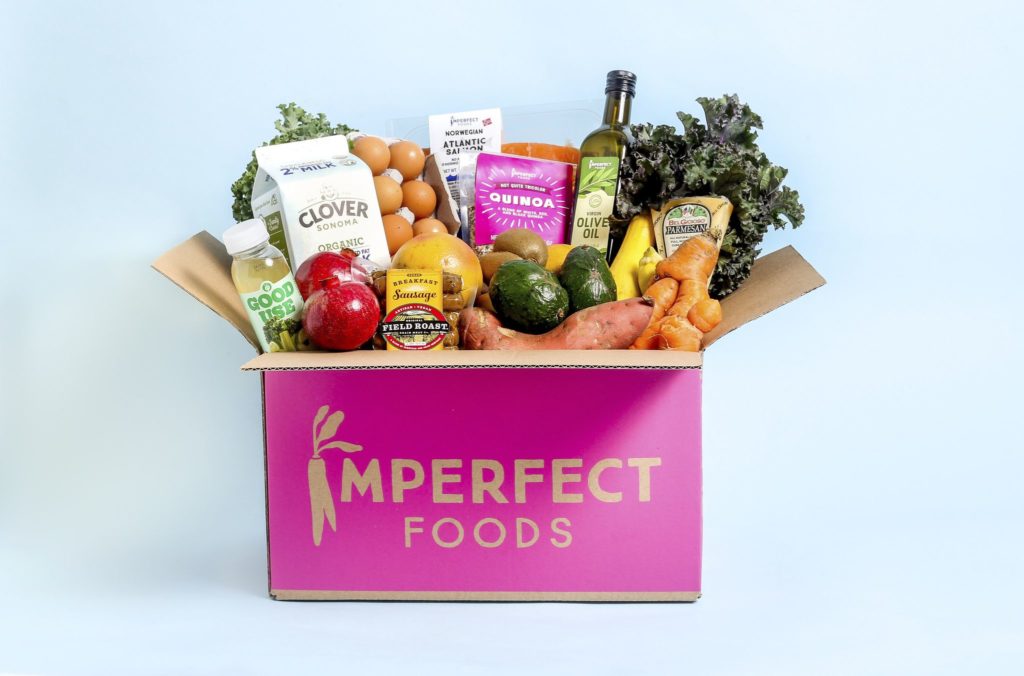
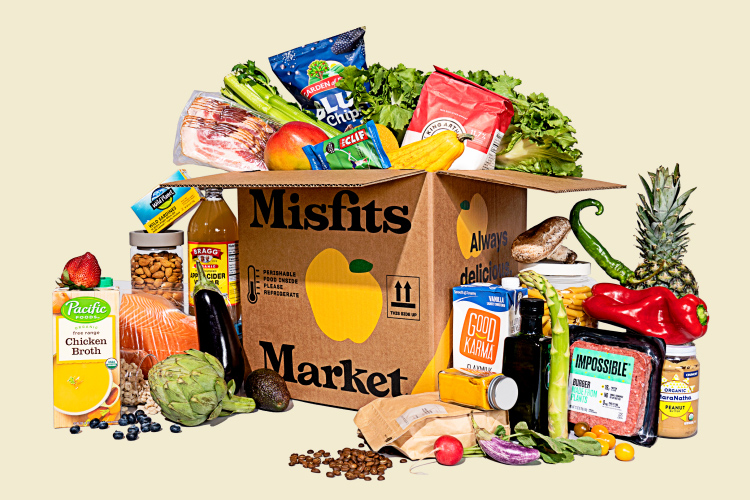
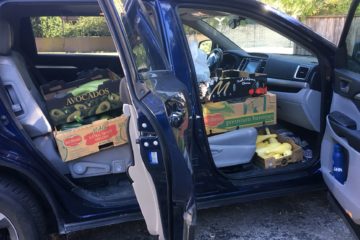
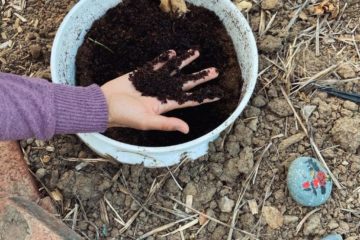
0 Comments